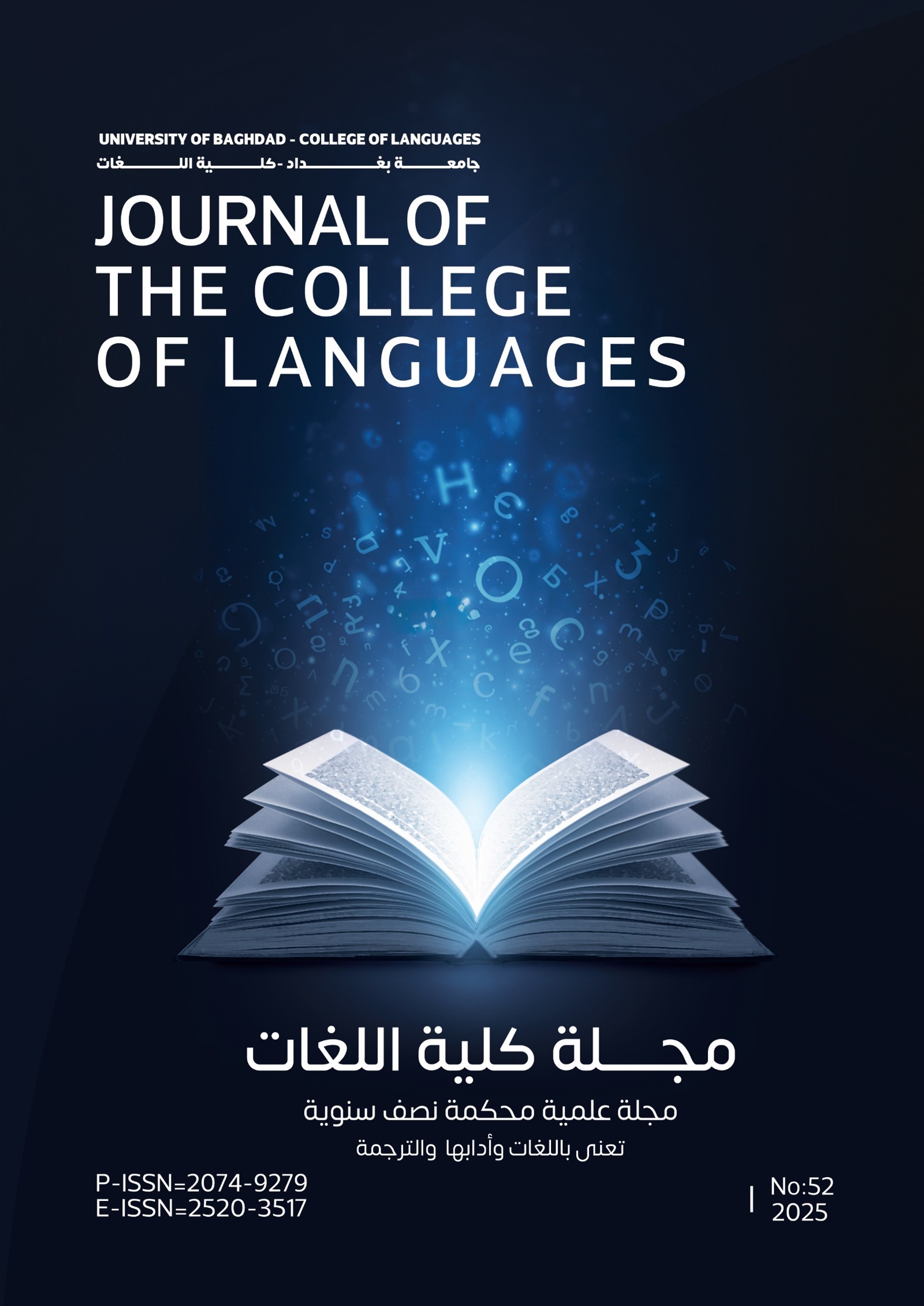خلاصه ای از شعر و شعر ابوالفرج رونی
Abstract
ابو الفرج رونی از استادان شعر فارسی در دوره دوم غزنوی است.او در میان شاعران ابو الفرج خیلی زودتر از دیگر شاعران عصر خود متوجه نو کردن سبک سخن گردید چنان که میان روش او وروش معاصرانش از قبیل عثمان و مسعود سعد و معزی و نظایر آنان اختلافات فراوان وجود دارد. او طرز شعر دورهء اول غزنوی را که باید آن را سبک تکامل یافتهء دوره سامانی شمرد، به دور افکند ، وطریقه ای جدید پدید آورد. پژوهنده این پژوهش را به سه مبحث رده بندی نمود ؛ نخست متعلق به شرح حال شاعر وممدوحان خود بوده است . مبحث دوم ؛ در بارهء اغراض شعری که ابو الفرج در آن شعری سروده است . مبحث سوم ؛ مخصوص به بحث و بر رسی عمیق به سبک وطریقهء شاعر ، ونقش او در تحول شعر فارسی از سبک خراسانی به سبک عراقی است .
از مهمترین منابعی که باحث را برای انجاز این کار کمک نمود ، دو نسخهء چاپی دیوان اشعار ابو الفرج رونی ؛ یکی چاپ مستشرق چایکین ودیگر چاپ دکتر مهدوی است . نیز از منابع مهم دیگر ؛ بحثی موسوم به صور خیال وتغییر سبک شعر فارسی در اشعار ابو الفرج رونی ) از نویسندهء یحیی طالبیان است علاوه بر کتاب ( چهار مقاله ) عروضی سمرقندی ، وتعلیقات شادروان میرزا محمد خان قزوینی بر آن است . از مهمترین نتایجی که بحث بدان رسیده ؛ این است ، که شاعر خیلی زودتر از دیگر شاعران زمان خود متوجه نو کردن سبک سخن بود ، و سبک دوره ء اول غزنوی را که باید آن را سبک تکامل یافتهء دوره سامانی شمرد ، به دورافکند ، و شیوه ای نو گرایشی به سوی مفاهیم عقلی و تجریدی دارد ، پدید آورد نیز ، منشأ الهام تصاویر شاعرانهء ابو الفرج رونی ، تصاویر رزمی ، بیان صفات ممدوح ، در ضمن تکریم مفاهیم اخلاقی ، به ویژه عدل ، احکام نجوم و اقتباس از آیات و روایات و فرهنگ مذهبی در هیأت اسلوب های بلاغی مانند تشبیه وغیر از آن در کلام وی جلوه کرده است . ابو الرفرج رونی نیز تلمیحاتی بسیار ومتنوع - بویژه آنچه متعلق به فرهنگ اسلامی است – دارد ، گوئی که فرهنگ عربی و اسلامی بسان سرچشمه ای قوی و پربار ، ذهن و ذوق شاعر را تغذیه نموده ، و در شعر او بازتاب پیدا می کند .
Abstract
Abu Faraj Rooney is one of the Persian poets in the adult age Ghaznavi.
He was granted a prominent place among his contemporaries and who came after them also, and confessed to him all Balostavep in the art of poetry. Among the poets who Ogrmwa hair; Alonori who developed the method of Abu Faraj and took him in the sixth century AH to perfection.
Abu Faraj had Rooney his contemporaries of the poets in the renewal of hair at the end of the fifth century AH, and the difference was clear in the systems approach with the leading poets such as Osman Mokhtari and Masoud Saad Salman, Amir comforter and others.
Abu Faraj has abandoned the method Samani, who had completed at the time to maturity there is a very distinct style; is the method or the casting of Iraq according to what has been termed in the naming of eras of poetry in Persian literature.
The researcher to divide the consideration of this into three sections. The first attached a brief biography of the poet's life and highlighted the Mamdouhih.
The second section was devoted researcher for the purposes of poetry of which the poet.
The final research method to study poetry and foundries, which was followed by the poet Abu al-Faraj Rooney and his prominent role in the process of transition from method to method Khorasani Iraq.
Of the most important sources used by the researcher in completing the work Office of the poet himself Btabotaih Almarovin (edition Orientalist Russian (Jaykin) and edition, Dr. Mahdavi.
As reported by the researcher a lot of research, written by Professor Yahya Talebian for a poetic image at Abu Faraj Rooney and their role in finding a method of Iraq,
As reported by a researcher from the book (four articles) to play my Samarqandi which included critical comments of the late Mirza Mohammad Khan silk Winnie.
Of the most important findings of this research is that Abu Faraj Rooney was earlier than other poets in the renewal of poetry in the fifth century AH, have abandoned the method Khorasani and deliberately to find a new way; marked move away from concepts of sensory and propensity to concepts of mental and abstract.
Of the main sources which supplied the poet and contributed in the formation of imagery; Islamic culture, especially the Holy Quran in addition to extensive briefing on the Arabic literature and Islamic sciences, which were in circulation at the time. Darwish died at the end of the fifth century AH, leaving behind a new style of poetry, and a wide fame, in the sky of Persian literature.







